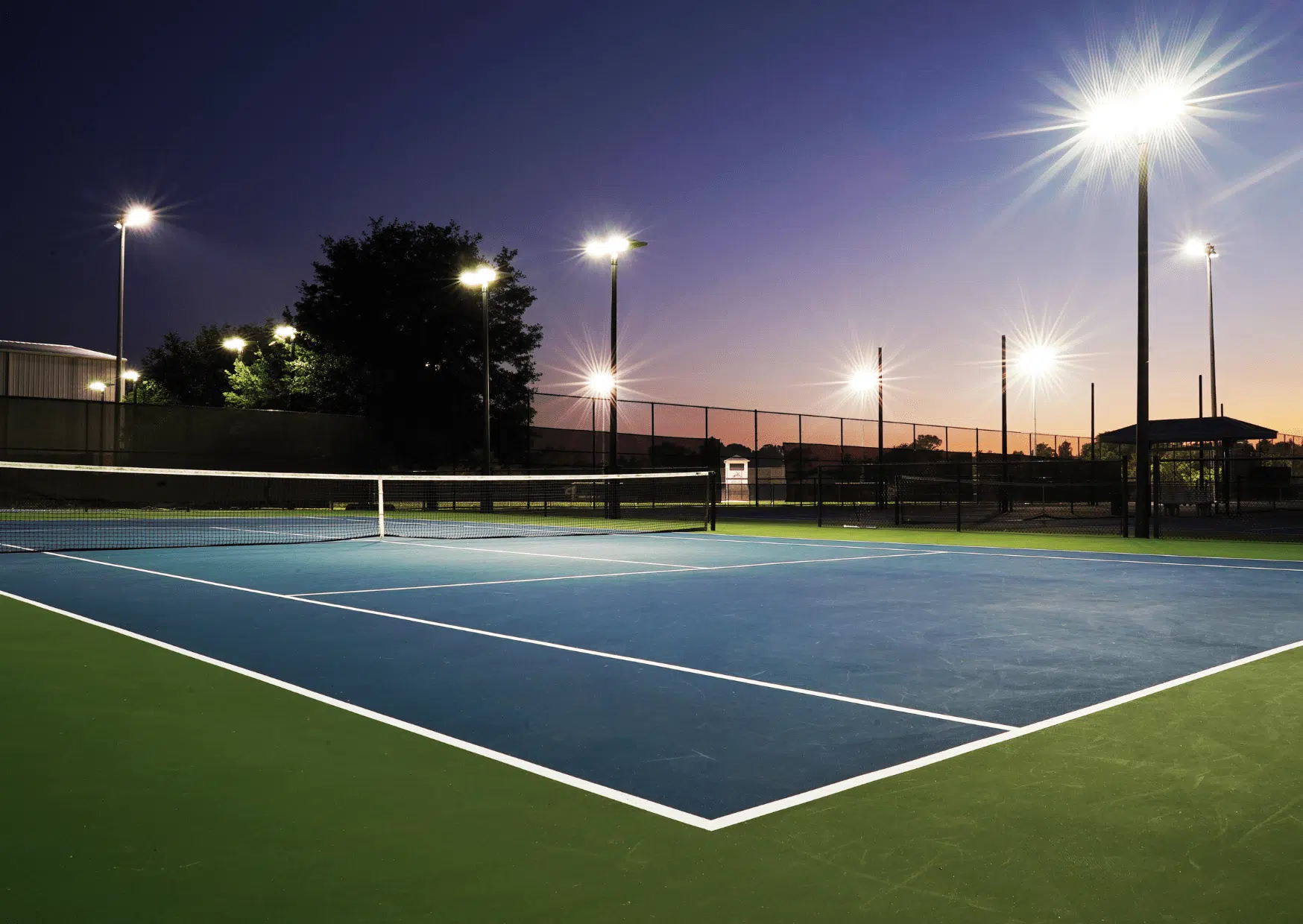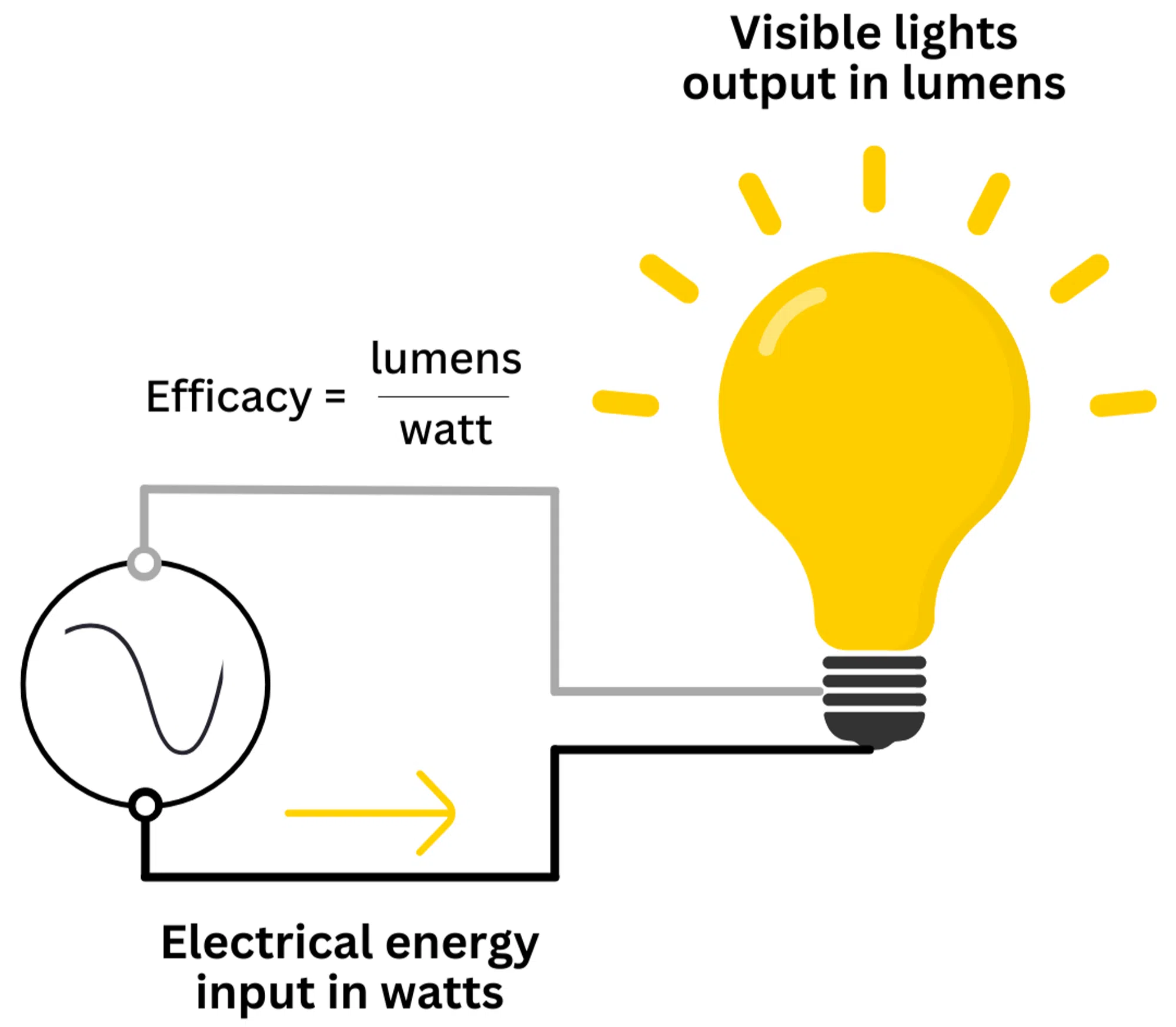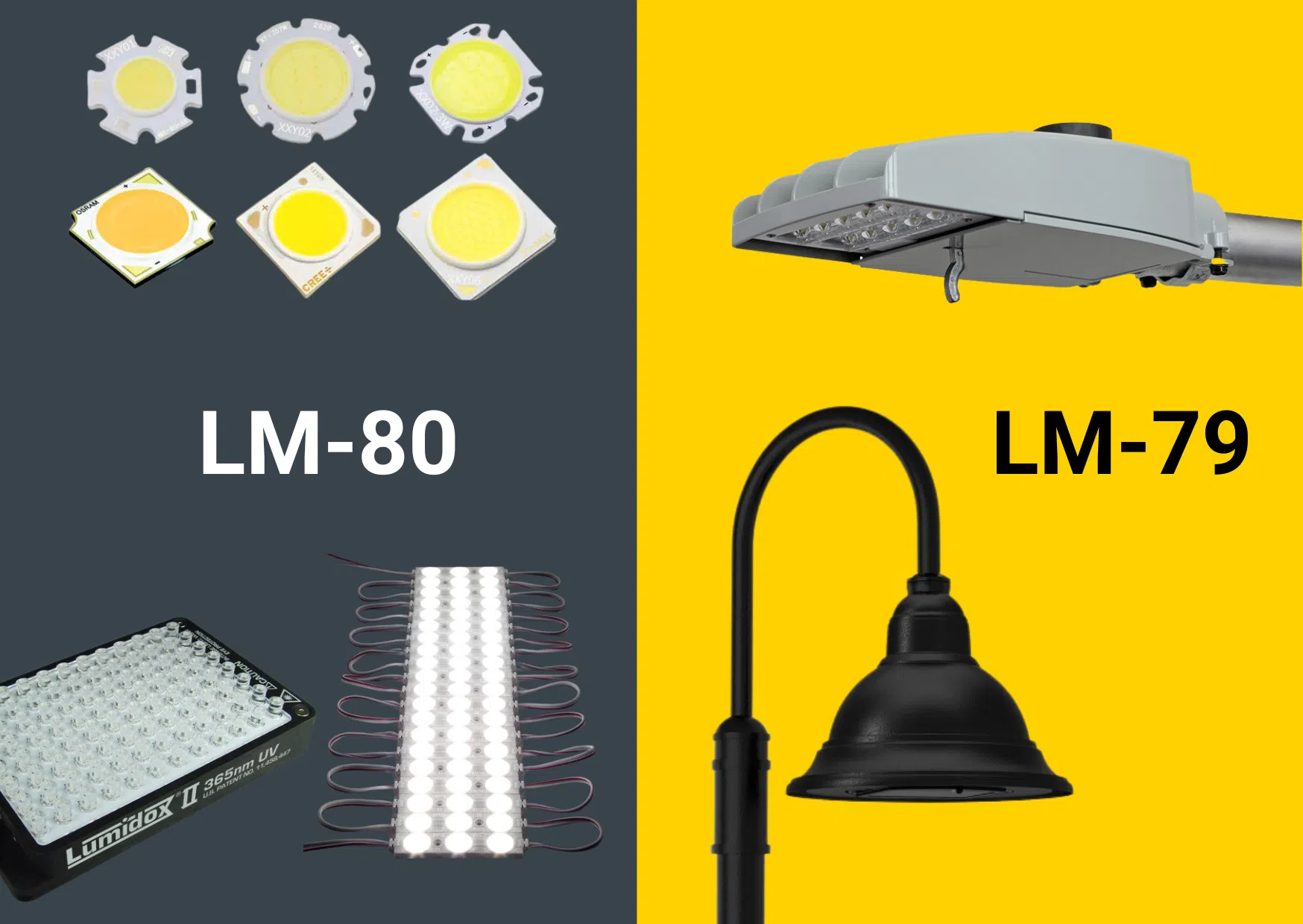
Â
Â
LED technology has transformed the lighting industry. Compared to traditional light sources like incandescent and fluorescent bulbs, LEDs offer greater energy efficiency, improved light quality, and a significantly longer lifespan. These advantages have driven widespread adoption across various sectors. According to the U.S. Department of Energy, LEDs accounted for 48% of installed lighting units in 2020, up from just 8% in 2015 and 1% in 2010.
Â
As LED popularity grows, so does competition among manufacturers to produce brighter, more efficient fixtures. One common metric used to describe this is luminous efficacy, which measures how effectively a light source converts electrical power into visible light. This is usually expressed in lumens per watt (LPW).
Â
While efficacy is an important indicator of performance, it has become a point of contention. Some manufacturers inflate their results by testing only the bare LED chip rather than the full fixture—including lenses and drivers. This leads to misleading data that doesn’t reflect real-world performance. As a result, it’s crucial to understand what efficacy really means and how it's measured.
Â
In this article, we’ll explain what luminous efficacy is, why it matters—especially for solar-powered lighting—and how to identify when a manufacturer might be exaggerating their claims. We'll also provide tips on how to make informed decisions when selecting LED lighting products.
Â
What is Luminous Efficacy?
Â
The Illuminating Engineering Society (IES) defines luminous efficacy as “the total emitted luminous flux divided by the total source electrical input power.†It’s typically measured in lumens per watt (LPW). For example, if a fixture emits 1500 lumens using 20 watts, its efficacy is 75 LPW. If another emits 2500 lumens with the same power, its efficacy would be 125 LPW—clearly more efficient.
Â

Â
It’s important to note that efficacy is not the same as efficiency. While efficacy measures how much visible light is produced per watt of power, efficiency refers to how well a fixture delivers that light in practice. Efficacy is a more useful metric for comparing different lighting systems, but the terms are often confused.
Â
Why Does Efficacy Matter for Solar Lighting?
Â
For grid-connected lighting, higher efficacy means lower energy costs and less strain on the power grid. But for solar lighting, where energy is free, you might wonder if efficacy still matters. The answer is yes. A more efficient fixture uses less power, which means smaller solar panels and batteries—leading to lower costs and better performance in remote or high-latitude areas.
Â
This makes efficacy especially important for solar applications. Less power needed means fewer components, lower installation costs, and a more sustainable solution overall. Manufacturers can also reduce the Effective Projected Area (EPA) of their systems, making them more adaptable for different environments.
Â
How Do Manufacturers Mislead with Efficacy?
Â
Some manufacturers inflate efficacy numbers by testing only the LED chip without the lens or driver. This gives unrealistic results, such as 200 LPW, which are impossible to replicate in real installations. Lenses play a key role in directing and distributing light, so excluding them creates a misleading picture of actual performance.
Â
Many manufacturers don’t clearly state whether their reported efficacy is based on the chip alone or the complete fixture. This lack of transparency makes it difficult for buyers to compare products fairly. To avoid being misled, always look for independent testing, such as LM-79 testing.
Â
The Importance of LM-79 Testing
Â
LM-79 is an IES-approved standard for measuring the optical and electrical characteristics of LED lighting systems. It tests the entire fixture, including the driver and lens, providing accurate data on lumen output and efficacy. Unlike other tests like LM-80—which focus on long-term performance—LM-79 gives a snapshot of real-world capabilities.
Â
Â
When evaluating a product, always check for LM-79 test reports. They’re usually available on manufacturer websites. If you can't find them, ask the vendor directly. Reputable companies like Acuity and Cree typically follow rigorous testing standards.
Â
Other Red Flags to Watch For
Â
If a product claims an efficacy rating outside the typical range (usually between 120–160 LPW), that should raise a red flag. Also, be cautious of fixtures that maintain the same efficacy at all power levels. Higher wattage should generally result in lower efficacy, and vice versa.
Â
Making Informed Purchase Decisions
Â
Understanding luminous efficacy is essential when choosing LED lighting. However, not all manufacturers measure it the same way. Independent testing like LM-79 helps standardize these measurements, allowing for fair comparisons between products.
Â
If you're unsure about a manufacturer’s claims, here are some questions to ask:
- Can you provide independent testing results for your efficacy claims?
- How do you measure lumens in your products?
- What is the total fixture efficacy, including drivers and lenses?
- Do you provide photometric reports for your fixtures?
- Are your efficacy claims based on initial or maintained lumens?
- Can you share references or case studies of your fixtures in similar applications?
Â
Have a question about efficacy or anything else? Our team of solar lighting experts is ready to help. Contact us today!
Â
Low temperature mill rolling,Ultra-low temperature rebar milling,Cold rolling
Luoyang Golden Egret Geotools Co., Ltd. , https://www.xtc-thermalspray.com
![<?echo $_SERVER['SERVER_NAME'];?>](/template/twentyseventeen/skin/images/header.jpg)
